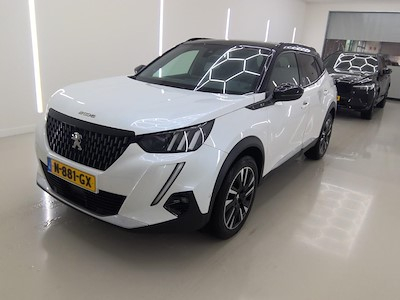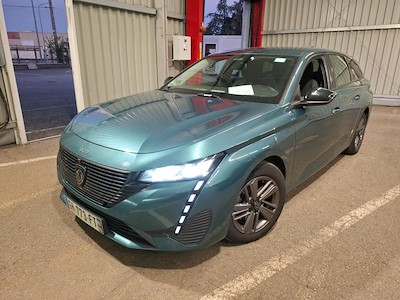Car VIN check Belgium
Free for service users
Search by brand
Our advantages




Why to check the VIN number of the car with the decoder
VIN verification is not just a formality. It is a real tool that helps you avoid costly mistakes. One of the most common cases is a discrepancy in the date of manufacture. On paper, it is 2017, but the VIN shows the end of 2015. This difference affects the price and taxes at customs clearance.
The decoder allows you to:
- find out the service history of the car - to make sure it is technically sound, honesty of the seller and avoid hidden problems in the future;
- confirm the originality of the declared technical characteristics;
- identify changes in numbering units (body number);
- get access to the factory equipment - for example, find out Opel equipment by VIN.
The search system works quickly. Without the need to contact managers or wait for an email reply. The report is formed in 60 seconds. It has a QR code for authentication. This is especially important when reselling or formalising a transaction in another country.
Contents of our VIN decoder report
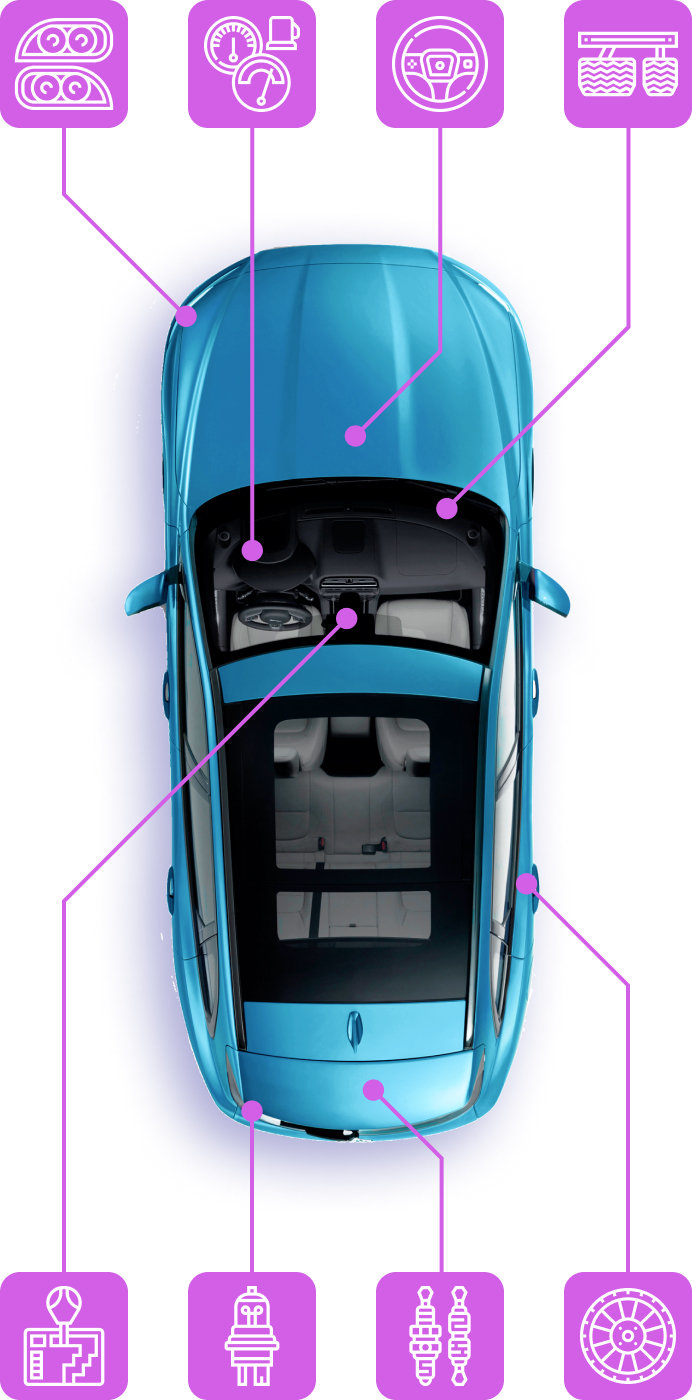
- Car make and model
- Series and body type
- Drive type
- Transmission type
- Model code
- Engine code
- Date of manufacture by VIN
- Engine displacement
- Engine power
- Fuel type
- Ecological standard
- Equipment by VIN
- Machine colour
- Bumper material
- Presence of body protection elements
- Security systems
- Air conditioning and heating system
- Electric actuators and adjustments
- Number of USB ports
- Multimedia system
- VIN equipment check
- Wheel and tyre size
- Suspension type
- Spare wheel availability
- Parking sensors and cameras
- Tyre pressure sensors
- Start-stop system
- Type of lamps
- Presence of daytime running lights
- On-Board Diagnostics (OBD)
- Electrical architecture
BidCar's VIN report provides a complete dealer service history for your vehicle. The information included will help you learn all about the vehicle's condition and work performed. The report contains:
- All service orders including exact dates, mileage, list of work performed, parts used with catalogue numbers.
- Comments and recommendations from masters and diagnosticians.
- Information on major repairs - engines, gearboxes, bodywork.
- Data on whether the car was used as a taxi or scrapped abroad (e.g. in the USA).
- Information about chipping the car, if it was recorded by the dealer during an internal combustion engine software check.
- A full listing of work and spare parts with quantities and catalogue numbers.
- Technical manuals for mechanic and body repairs and electrical diagrams of the vehicle.
- Complete dealer documentation in a large PDF document that stays with you locally.
In addition, it is important to note that the data in the report is not obtained from free sources such as traffic police or FSSP, but directly from official dealers. The report is generated in just 1-5 minutes and saved on your device.
- Vehicle class and type
- Glass and mirror settings
- Type of steering
Frequently Asked Questions (FAQ)

Latest VIN reports
| Brand / Model | Date | VIN |
|---|---|---|
| Volkswagen Golf 1.0 TSI 66KW 5D, 2021 | 11/01/2021 | WVWZZZCDZMW0XXXXX |
| Volkswagen Polo 1.0 TSI LIFE, 2022 | 30/09/2022 | WVWZZZAWZNU0XXXXX |
| Fiat 500 PC 1.2 69cv rockstar - | 22/01/2020 | ZFA3120000JDXXXXX |
| Polestar 2 2 Dual Motor 78kWh Limousine, 5-turig, Direktantrieb, 1-Gang | 28/07/2021 | LPSVSEDEEML0XXXXX |
| Audi Q3 sportback 2.0 40 tdi S 190CV S LINE NAVI | 30/11/2020 | WAUZZZF31M10XXXXX |
| Ford Mondeo Turnier 2.0 EcoBlue Aut. Trend Kombi, 5-turig, Automatik, 8-Gang | 31/05/2021 | WF0FXXWPCFMUXXXXX |
Where the VIN number of the vehicle is located
The VIN code is always stamped in at least two places to avoid counterfeiting. It can be found without special tools.
- Under the windscreen. The most accessible place. VIN is located in the lower left corner of the glass on the driver's side. Visible from the outside.
- Door opening. Check the driver's side door pillar. The number may be embossed or located on the nameplate.
- Bonnet lid. On some models, right on the metal part of the bonnet.
- Engine. The code may be stamped on the cylinder block or next to the engine number.
- Floor panel or boot. Sometimes the VIN is duplicated under the carpet or in the spare wheel recess.
- Plastic panel in the passenger compartment. Less often - hidden behind the decorative panelling in the area of the front panel.
It is from these places that the number is read during diagnostics and inspection. It is important that all applications coincide and have no traces of damage.
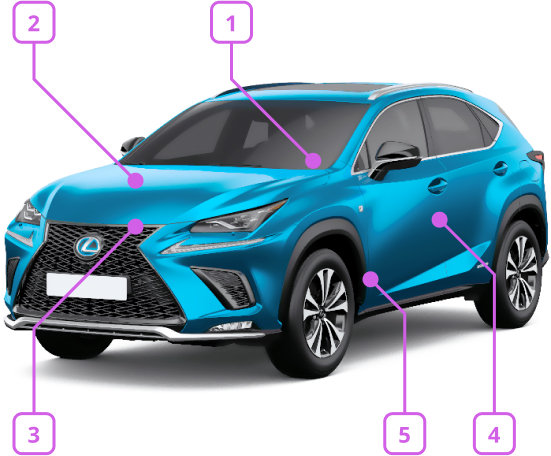
Decoding VIN history of a car
VIN is a unique 17-digit code. It includes alphanumeric information about the origin, characteristics and serialisation of the vehicle. Deciphering the VIN allows you to find out the key parameters without contacting the manufacturer.
The structure is as follows:
WMI (1-3 characters) - identifies the manufacturer and country. Example: VF1 - Renault (France), W0L - Opel (Germany).
VDS (4-9 characters) - vehicle characteristics: body type, gearbox, engine, safety system, wheelbase.
Control number (9 characters) - protects against errors and fakes, checked by ISO algorithm.
Model year and factory (10-11 characters) - allows you to pinpoint the exact year the car was manufactured.
Serial number (12-17 symbols) - inpidual identifier assigned on the assembly line.
Thanks to this code it is possible to obtain an official one for insurance, registration and spare parts purchase.
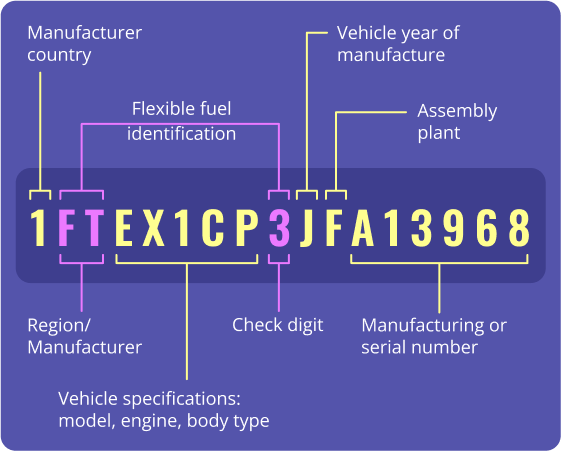
When buying a car from Europe, it is important to make sure that all information related to the car is accurate. This is especially true in Belgium, where understatement of age, concealment of accidents or replacement of components are not uncommon on the used car market. Checking a car by VIN code allows you to identify such discrepancies before signing a contract. This is a reliable way to get an objective picture of the technical condition, history of use and origin of the car. It is enough to enter a 17-digit identifier and you get a detailed report in a minute.
You can check your car by VIN code online without intermediaries, overpayments and hidden fees. We provide full information taking into account the peculiarities of the Belgian market: detailed maintenance history of the car, technical characteristics, model, body type and so on.

















































